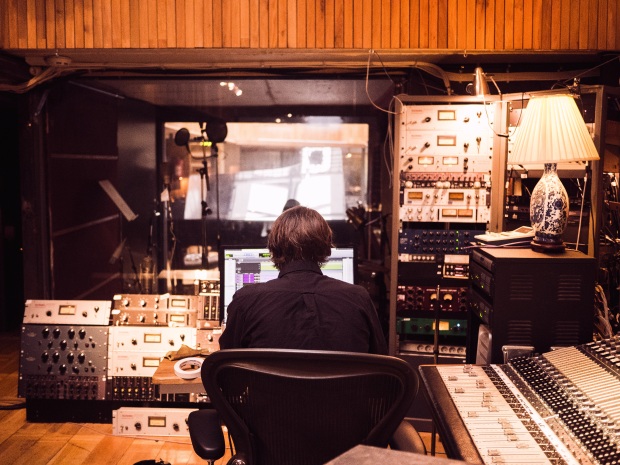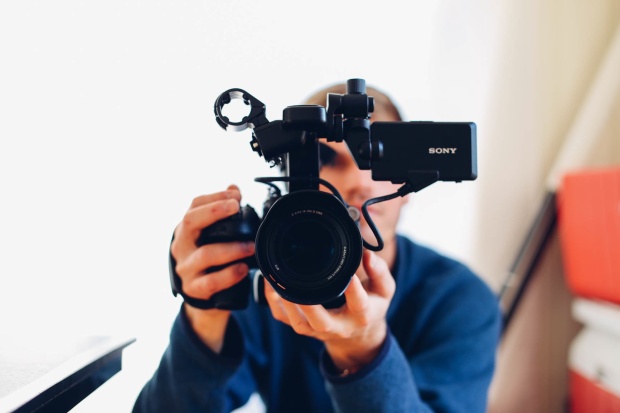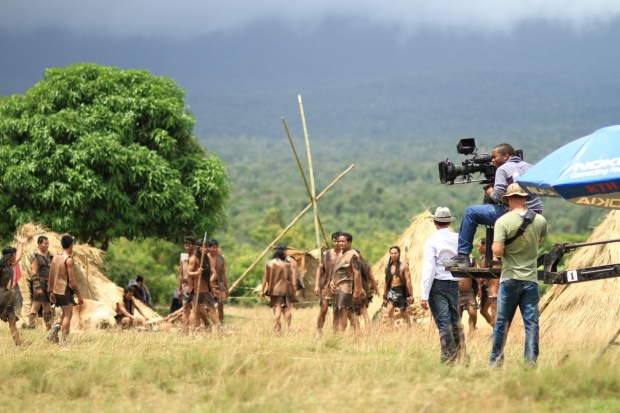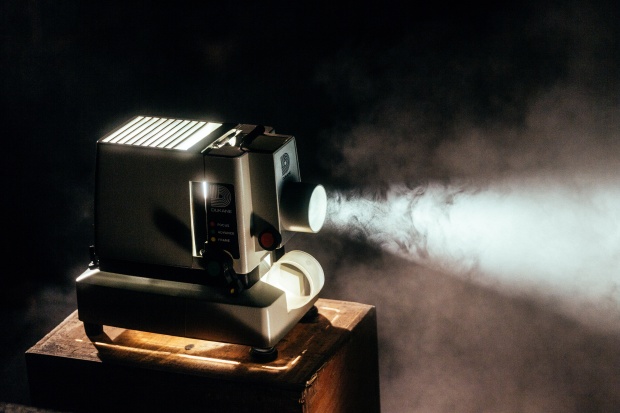
Producers are extremely important, as they are what is needed to get things done! Producers come up with the idea and originally gets the project created. They are in charge of making sure the project gets financed, figuring out what to do if the project goes over budget/ time, and making sure everyone on the project gets along. A producer needs both phenomenal logistical skills, and phenomenal people skills.
There are four major categories of producers. Staff producers are hired to produce many small projects (for example major television networks have many staff producers). The opposite of this would be an independent producer. This type of producer works freelance to pitch projects to networks and film companies. This makes up the majority of producers.
Executive producers are usually working for a specific news network like Staff producers. They hold a very high position of power, and will usually make all the big decisions, and will work on other projects as well. Finally, a producer hyphenate will do other related jobs related to the project as well as producing such as writing, directing, etc.
In order for a producer to create a project, there are four steps they must complete. First, they must create an idea that could be turned into a workable project. Then they must determine the goals of the project as well as decide what kind of audience the project would appeal to.
They also need an idea of a budget in place in order to successfully pitch the project. Once the big picture is completed, the producer needs to focus on making sure the day to day problems in the project are under control. They need to keep in mind legal issues, such as copyright laws that may apply to their project, because any possible legal related problems would be the responsibility of the producer to avoid or fix.
It is also the responsibility of the producer to make sure that the set is up to the standards of unions or guilds if their crew members are a part of one.
Figuring out the shooting schedule early is another essential part of setting up a successful project. This accomplishes two things: first, it makes sure the talent you want to use can complete the project with no problems.
Second, it helps keep the budget under control by not paying everyone for too many days. Also important is making sure locations to shoot are available when you have the personnel available to shoot there. A good producer separates out when the crew will shoot each scene on Script Breakdown sheets.
Scenes should be shot in a way that is the most cost effective and time effective for everyone involved. Once the shooting schedule is determined, the budget should be determined. A good balanced budget should have approximately equal above the line (creative talent) and below the line (technical talent) costs.
It is the job of the producer to make sure all of this is taken into account, which shows the importance of the producer when shooting a picture.





